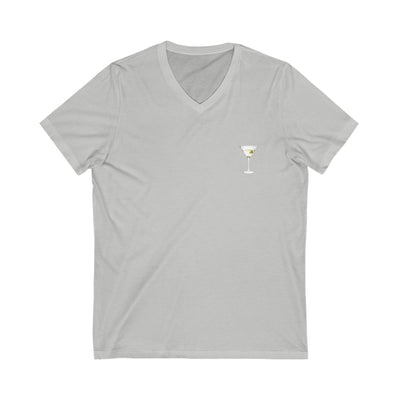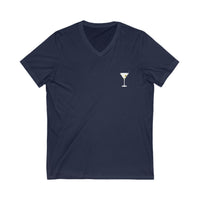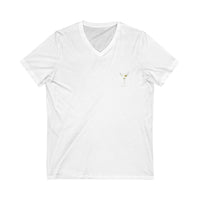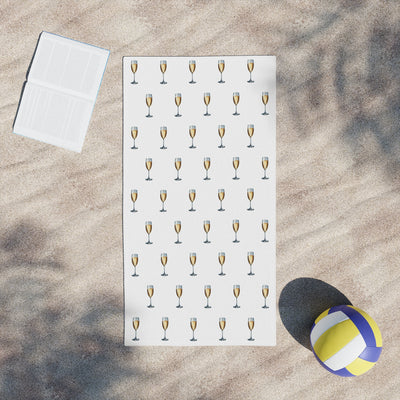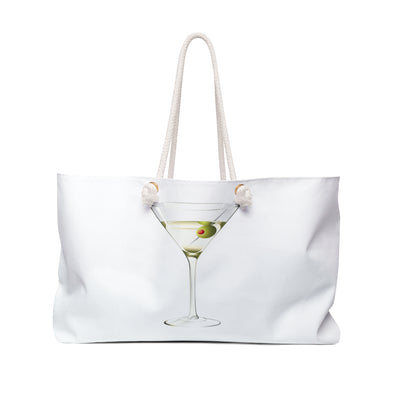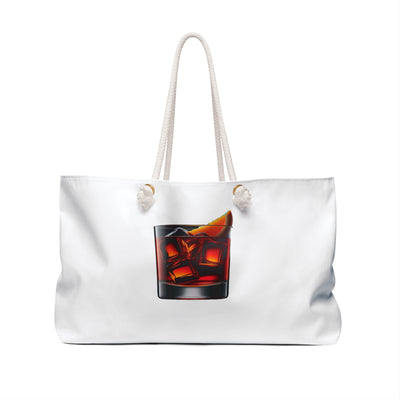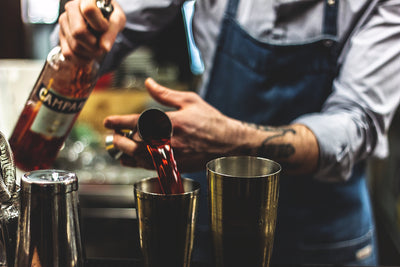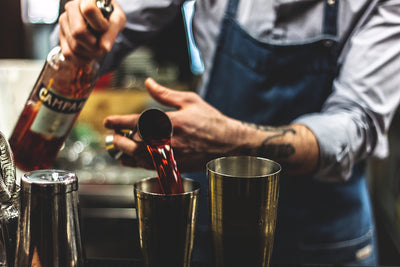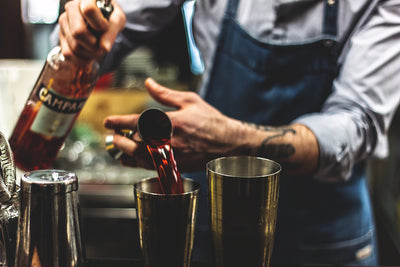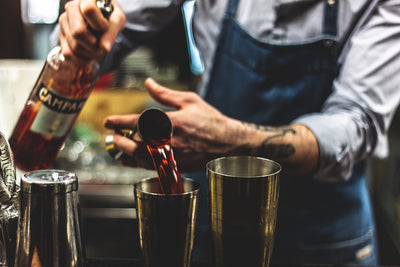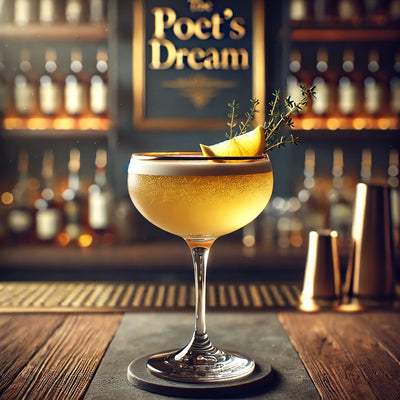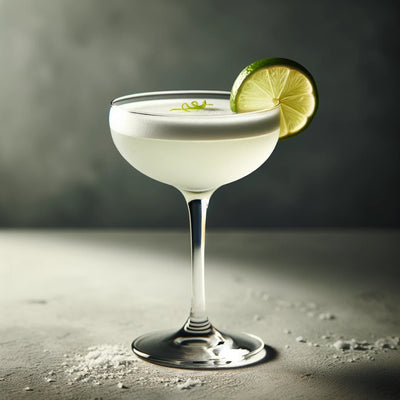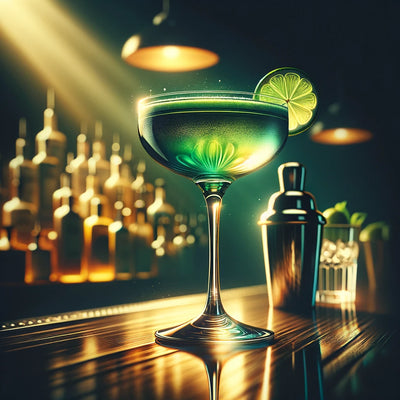How To Make A Shrub For Cocktails?

The Renaissance of Shrubs in Cocktails: A Tangy Twist on Tradition
In the ever-evolving landscape of mixology, where innovation meets tradition, the shrub has emerged from historical obscurity to become a darling of contemporary cocktail culture. This detailed exploration delves into what a shrub is, its rich history, how it's made, and its role in modern cocktails, highlighting the unique qualities that make it a favored ingredient among bartenders and enthusiasts alike.
Defining the Shrub
A shrub, in the context of mixology, is a concentrated syrup that combines fruit, sugar, and vinegar. This triumvirate of ingredients creates a complex, tangy, and sweet concoction that can transform any cocktail, offering depth and a refreshing acidity that balances the spirits' potency. The term "shrub" derives from the Arabic word "sharāb," meaning "to drink," and has roots in ancient practices of preserving fruits.
Historical Roots
The history of shrubs dates back to the 15th century and possibly earlier, originating as a means to preserve seasonal fruits in the Middle East and later in Europe. By the 17th and 18th centuries, shrubs had become popular in England and colonial America, both as a medicinal cordial and a way to make unpotable water palatable. With the advent of refrigeration, the need for shrubs waned, but the craft cocktail movement of the 21st century has heralded their resurgence as a key ingredient in artisanal drinks.
Crafting a Shrub
The art of making a shrub involves a simple process that belies the complexity of flavors it can impart to cocktails. The basic components are:
- Fruit: Virtually any fruit can be used, from berries and cherries to citrus and stone fruits, offering a canvas for creativity.
- Sugar: The sweet component that extracts the juice and flavor from the fruit through maceration.
- Vinegar: Typically apple cider, red wine, or white wine vinegar is used, adding a distinctive tanginess that sets shrubs apart.
Steps to Make a Shrub:
- Macerate the Fruit: Chop the fruit and cover it with sugar, letting it sit until the fruit releases its juices and creates a syrup.
- Strain and Add Vinegar: Strain the syrup from the fruit, then mix it with vinegar. The proportion of vinegar to syrup varies depending on desired tartness.
- Bottle and Rest: Transfer the mixture to a clean bottle and let it rest. The flavors meld and mellow over time, usually a few days to a week.
Shrubs in Cocktails
Shrubs offer mixologists a versatile tool to add complexity, acidity, and a layer of flavor to cocktails. They can be used in a myriad of ways:
- As a Base: Providing a strong foundational flavor that guides the cocktail's character.
- For Balance: Counteracting the sweetness or alcohol burn with its acidity.
- For Creativity: Allowing bartenders to experiment with seasonal fruits and different types of vinegar.
Popular cocktails that utilize shrubs include variations on classics like the Shrubbery Gin and Tonic, the Vinegar Mule, and original creations that highlight the shrub's unique flavor profile.
The Appeal of Shrubs
The renewed interest in shrubs can be attributed to several factors:
- Flavor Complexity: The combination of sweet, tart, and fruity flavors enriches cocktails.
- Versatility: Shrubs can be used with a wide range of spirits and non-alcoholic drinks.
- Seasonality: They allow bartenders to preserve and showcase seasonal flavors year-round.
- Historical Connection: They provide a link to historical practices and the early days of cocktail culture.
Conclusion
Shrubs embody the spirit of innovation that defines the modern cocktail movement, blending history, flavor, and craftsmanship. As both a nod to the past and a step towards the future of mixology, shrubs offer a unique way to enrich and enliven the cocktail experience, proving that sometimes, the most forward-thinking ingredients are those that have been with us all along.








